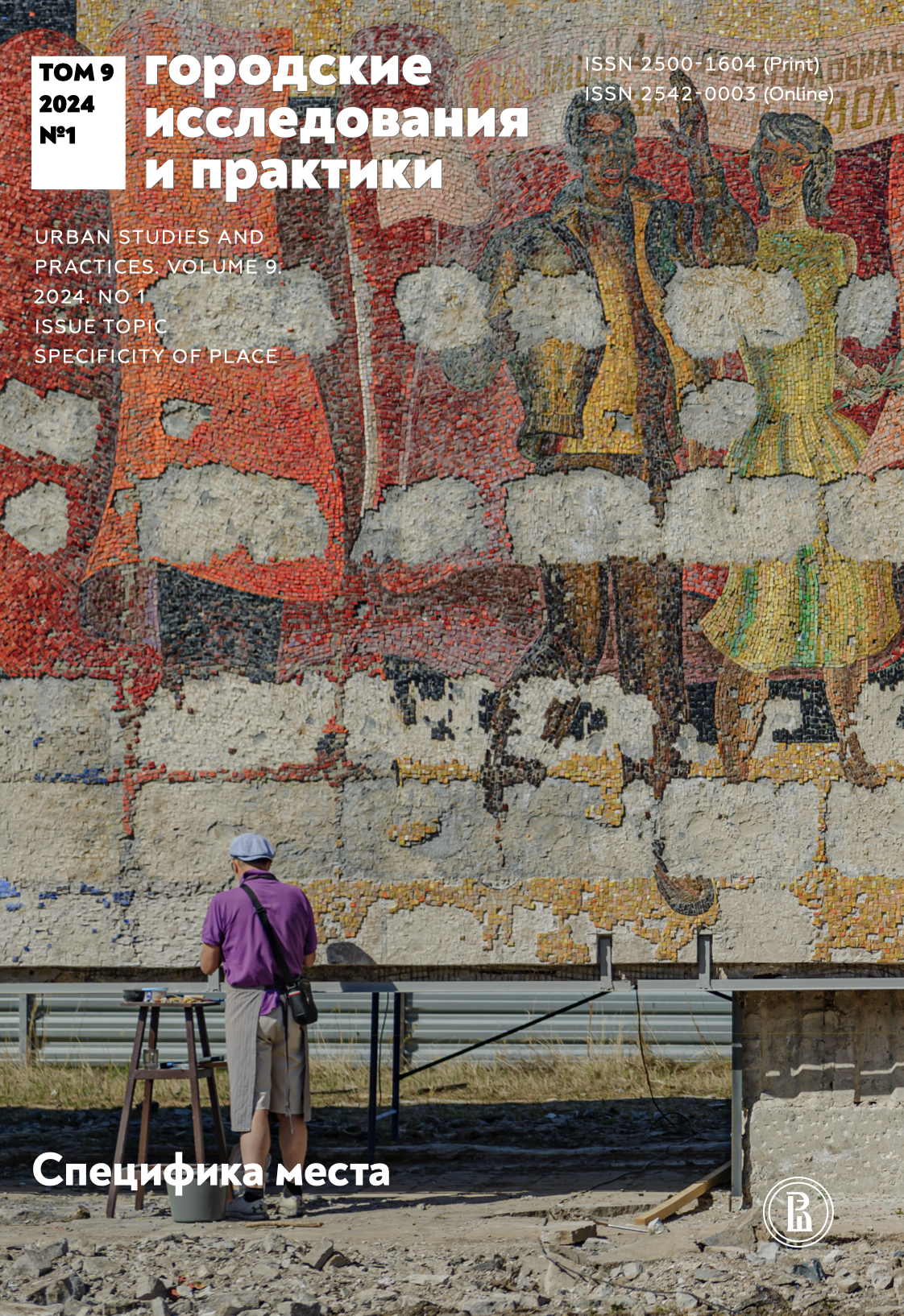Как я пришел к теории центральных мест: рассказ о том, как может возникнуть теория и как в моем случае она возникла
Аннотация
В своей статье Вальтер Кристаллер рассказывает о личном и научном пути, который привел его к формулированию теории центральных мест, краеугольной концепции в пространственной экономике и городском планировании. Становление Кристаллера как ученого с самого начала происходило на пересечении целого ряда научных областей: географии, статистики, социологии, экономики. Его участие в Союзе немецких земельных реформаторов дало ему практический опыт в области городского планирования, который сыграл решающую роль в формулировании его теории.
В статье описывается развитие Кристаллером теории центрального места во время его работы в Эрлангене. Он представляет свой методологический подход, сочетающий теоретическую строгость с эмпирическими наблюдениями, чтобы объяснить распределение и функции центральных мест в регионе. Теория Кристаллера, первоначально встреченная со скептицизмом, в конечном итоге получила признание и одобрение, проиллюстрировав значительный междисциплинарный путь, соединивший географию с экономической теорией. Повествование Кристаллера не только подчеркивает эволюцию его научной мысли, но и отражает более широкое академическое и практическое применение географического и экономического планирования. Его размышления дают ценное представление о междисциплинарной природе географических и экономических исследований, а также о личных и профессиональных контекстах, которые играют важную роль в развитии научных теорий.
Скачивания
Литература
Вебер А. (1926) Теория размещения промышленности. Ленинград: Книга.
Bunge W. (1962) Theoretical Geography. Lund: Gleerup.
Gradmann R. (1926) Die städtischen Siedlungen des Königreichs Württemberg // Forschungen zur deutschen Landes- und Volkskunde. Bd. 21. Hft. 2. Stuttgart: Engelhorn.
Hassinger H. (1929) Können Kapital, Volksvermögen und Volkseinkommen Gegenstände wirtschaftsgeographischer Betrachtung sein? // Festband Eugen Oberhummer. Geographischer Jahresbericht aus Österreich. Bd. 14–15. Leipzig, Wien: Franz Deuticke. S. 58.
Hellner A. (1927) Die Geographie, ihre Geschichte, ihr Wesen und ihre Methoden. Breslau: Ferdinand Hirt. S. 185.
Hettner A. (1902) Die wirtschaftlichen Typen der Ansiedlungen // Geographische Zeitschrift. Jgg. 8. Leipzig: Teübner. S. 98.
Lösch A. (1944) Die räumliche Ordnung der Wirtschaft. Jena: Gustav Fischer.
Mortensen H. (1929) Zinsfuß und Kulturlandschaft in Südchile // Geographischer Anzeiger. Jgg. 30. Gotha: Justus Perthes, 1929. S. 381.
Muhs K. (1921) Materielle und psychische Wirtschaftsaufassung. Versuch einer Begründung des Identitätsprinzips der Wirtschaftstheorie. Jena: Gustav Fischer. S. 5.
Pfeifer G. (1928) Über raumwirtschaftliche Begriffe und Vorstellungen und ihre bisherige Anwendung in der Geographie und Wirtschaftswissenschaft // Geographische Zeitschrift. Jgg. 34. Leipzig, Berlin. S. 321, 411.
Nroborg K. (ed.) (1962) Proceedings of the IGU Symposium in Urban Geography Lund 1960. Lund: Gleerup.
Sieger R. (1903) Forschungsmethoden in der Wirtschaftsgeographie // Verhandlungen des 14. Deutschen Geographentages zu Köln. Berlin. S. 97, 100.
Sombart W. (1930) Die drei Nationalökonomien. Geschichte und System der Lehre von der Wirtschaft. München und Leipzig: Duncker & Humblot.

